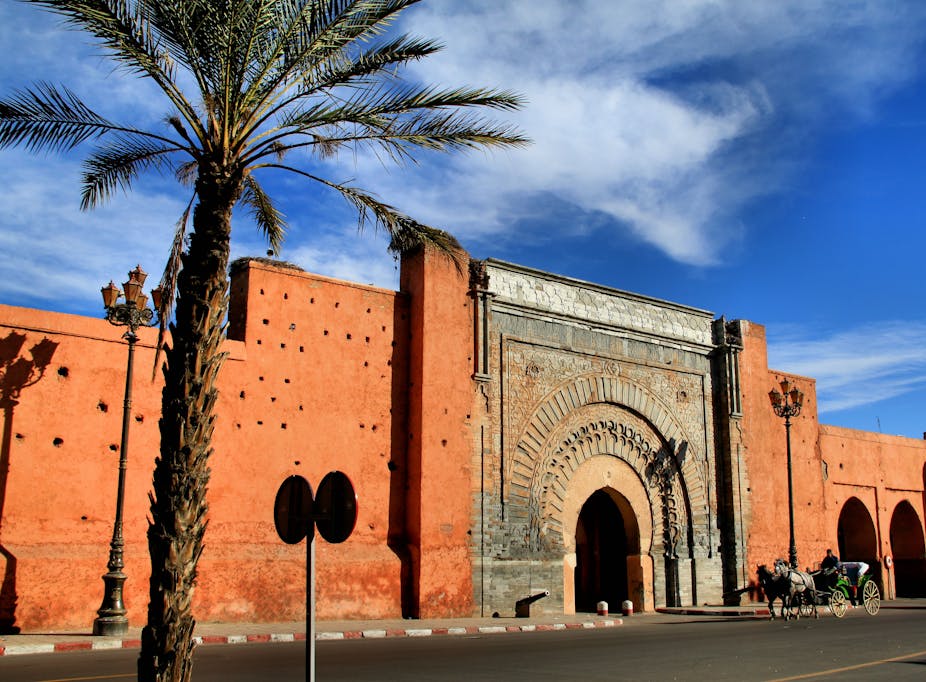The Paris Agreement has taken effect just eleven months after it was adopted. This is almost unprecedented in global diplomatic history, particularly for an agreement involving the most intractable global agenda of modern times – addressing human-induced climate change.
After the frustrating experience with the Kyoto Protocol over a period of almost 20 years, this is a refreshing and welcome change for climate diplomacy.
The Paris outcome was crafted in such a way as to allow US President Barack Obama to use his executive power to ratify it, bypassing congressional approval.

The big push to bring it into effect came with the US-China initiative to accede to the agreement in early September 2016. The two countries are largest emitters of greenhouse gases, the US historically the largest and China the current number one emitter.
Others followed suit to pass the necessary threshold to bring the agreement into force: ratification by at least 55 parties covering at least 55% of global emissions.
The next round of talks
Now a long agenda awaits the next round of climate talks in Marrakesh, Morocco, known as COP22. This will also be the first meeting the parties to the Paris Agreement, so the plate is full for the two week-long event beginning on November 7. Marrakesh is hosting the talks for the second time, after COP7 back in 2001.
The primary goal will be to develop what are known as “modalities, procedures and guidelines” for bringing all the negotiating tracks set in Paris into operation.
There is also a long list of agreed processes and structures to bring into effect. These are:
- an enhanced transparency framework for climate action and support,
- global stocktake every five years,
- a 12-member compliance mechanism,
- a clearing house for risk transfer and insurance,
- a taskforce to devise approaches to deal with climate-induced migration,
- the 12-member Paris committee on capacity building,
- the capacity building initiative for transparency,
- accounting of public climate finance,
- a new market mechanism, and
- a global sustainable development mechanism.
All this must be completed by 2018.
So, if Paris created the ambition, Marrakesh is charged broadly with developing the rulebook for implementation of the Agreement in the years to come.
Sticking points
This will not be all smooth sailing. In Marrakesh, the usual political acrimony that I have seen in my time as a negotiator at many climate negotiations may raise its head again.
This is because Paris Agreement is a mix of both binding and non-binding elements. The procedural issues, such as regular communication of how countries are proceeding towards their climate goals, and the global stocktake every five years, are binding. But the substantive elements, such as the nationally determined contributions to reduce emissions and compliance mechanism, are non-binding.
National mitigation targets will be peer-reviewed, without any top-down punitive compliance mechanism. Already, estimates show that even with full implementation of all the pledged national contributions, the world will witness a 3°C temperature rise. Yet, the Paris Agreement commits the world to a maximum of 2°C, with an aspirational goal of 1.5°C.
Though the submitted goals are viewed as minimum standards, which will be ratcheted up progressively over time, will the goal be achieved just with peer-review, without any naming and shaming? I doubt it.
Butting heads
The crux of the problem is the mitigation track – that is, preventing further climate change rather than adapting to its effects.
Under the present dispensation, each and every party will claim its actions are fair compared to others. The developed world, though stipulated to lead in mitigation, will focus more on the top-down review to ensure compliance to submitted goals from countries like China and India.
This self-righteous behaviour may not succeed. For the sake of the adoption of a universal agreement, major emitters from the developing world agreed to a truce that saw differentiation in responsibilities between developed and developing countries somewhat reduced, taking some of the burden off the countries who have historically contributed the most to climate change.
But it is likely that the rancour will return in Marrakesh, once the honeymoon is over. There is no reason to believe we are already in a post-equity world in climate diplomacy. A group of 12 countries, including India, has submitted their ratification instruments with “reservations”, keeping the option to leave the agreement if other countries (that is, big emitters) don’t play fair.

Standing up for small states
Sandwiched in the middle of disputes between major emitters from both sides are more vulnerable states.
Both the Least Developed Countries group – a negotiating bloc of the world’s poorest countries – and the Small Island Developing States – a group that includes tiny island countries such as Kiribati, Mauritius and Barbados – have very modest expectations.
These states need enhanced support mainly for adapting to the effects of climate change in the form of pledged climate finance, technology assistance and loss and damage mechanisms. They will also benefit from the newly agreed capacity building committee.
In between the big and small emitters, there are goodwill alliances, the Climate Vulnerable Forum, which try to mediate, bridge and reach consensus.
With all these potential pitfalls, let us hope that climate negotiations under the universally accepted Paris Agreement remain on solid ground. Only good faith negotiations can salvage humans and ecosystems alike from impending and irreversible disaster.

